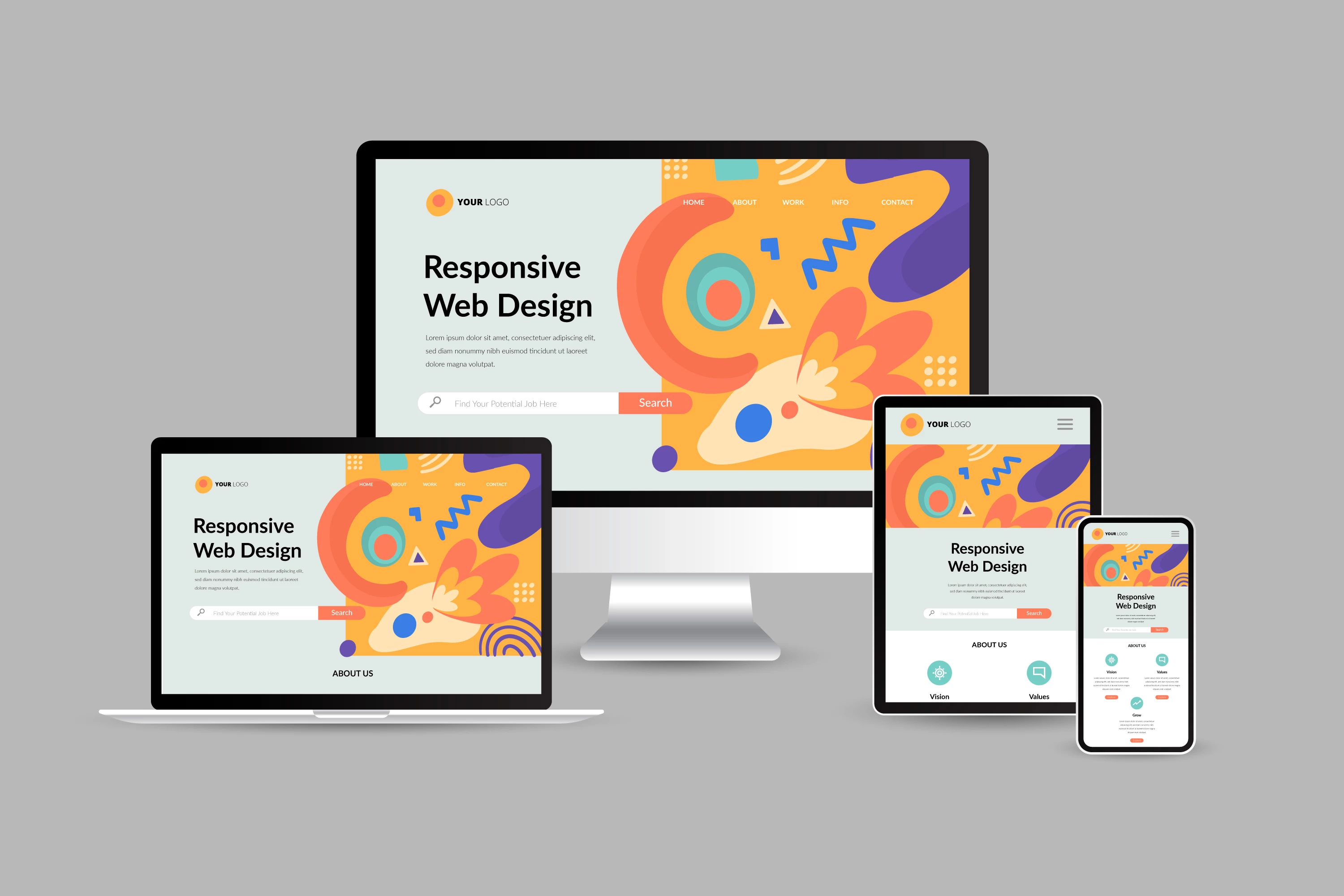Top Tips for Producing an Impactful Internet Site Layout That Transforms
In today's electronic landscape, the significance of an impactful site style can not be overstated, specifically when it comes to converting site visitors into customers. To accomplish this, one have to take into consideration a selection of elements, including recognizing the target audience, prioritizing individual experience, and enhancing for mobile systems. Additionally, the critical use of engaging call-to-actions and a well-defined visual pecking order plays a vital function in leading customers via their journey. As we discover these crucial components, it becomes evident that the success of your website rests on greater than simply aesthetics; it needs a thoughtful technique to style and performance.

Understand Your Target Audience
Understanding your target audience is fundamental to reliable web site layout, as it prepares for producing an appealing user experience. Determining who your users are, including their demographics, choices, and behaviors, allows developers to tailor the internet site's web content, layout, and functionality to fulfill particular requirements.
Performing complete marketing research is crucial in this procedure. Surveys, interviews, and analytics can provide valuable insights into customer expectations and discomfort points. By assembling this information, designers can develop user personalities that stand for various sections of the audience, guaranteeing that layout decisions are educated and appropriate.
Additionally, recognizing the target audience assists in choosing appropriate style aspects such as color pattern, typography, and imagery that reverberate with customers. A site that speaks straight to its audience cultivates a feeling of connection and depend on, urging longer check outs and higher conversion rates.
Ultimately, a user-centered method to website style not just enhances user fulfillment but also sustains company goals by driving involvement and commitment. By prioritizing the demands and preferences of the target market, a website can properly offer its function and attain preferred outcomes.
Prioritize Customer Experience
To enhance the general efficiency of an internet site, prioritizing customer experience (UX) is necessary (Website Design). A well-designed UX makes certain that visitors can browse the site easily, discover details promptly, and engage with material meaningfully. This causes raised user fulfillment and greater conversion rates
Begin by executing intuitive navigating. Menus needs to be realistically structured, permitting users to locate crucial areas of the site with very little initiative. Consistency in design elements, such as color pattern and typefaces, fosters familiarity, which is essential for keeping user engagement.
Additionally, take into consideration the filling rate of your website. A delay of simply a few secs can result in considerable drop-offs, as users are less most likely to wait for a slow-loading web page. Streamlining photos and optimizing code can improve performance and keep site visitors.
Furthermore, clearness in content presentation is essential. Usage succinct, engaging language and break up message with see this visuals to boost readability. By prioritizing individual experience, you not just produce a more enjoyable setting for visitors yet also strengthen your brand's trustworthiness. Eventually, a concentrate on UX is an investment in the long-lasting success of your site.
Enhance for Mobile Devices
Maximizing for mobile phones is vital in today's digital landscape, where a boosting variety of individuals gain access to web sites through smartphones and tablets. A mobile-friendly design not just boosts customer experience but additionally plays a significant function in enhancing search engine positions. To attain this, it is crucial to take on a receptive style that immediately adjusts to different screen sizes and positionings.

Packing rate is an additional critical factor; mobile users are commonly less individual and expect rapid access to details. Maximize images and leverage web browser caching to enhance performance. Lastly, examination your internet site on multiple tools and display resolutions to recognize and rectify any kind of possible functionality concerns. By focusing on mobile optimization, you make sure that your web site remains competitive and successfully engages a wider audience.
Use Compelling Call-to-Actions
A web site's performance typically hinges on its ability to guide visitors towards preferred actions, making engaging call-to-actions (CTAs) vital elements of style. CTAs work as the pivotal points that direct individuals to engage with the website, whether that implies buying, enrolling in an e-newsletter, or downloading a source.
To develop reliable CTAs, clearness is paramount. Use concise language that clearly communicates the action you desire the user to take.
Additionally, think about making use of directional signs, such as arrows or photos, to lead individuals toward these buttons. By concentrating on these elements, organizations can considerably improve customer engagement, driving conversions and inevitably accomplishing their site's goals.
Emphasis on Visual Hierarchy
Efficient site style relies heavily on a well-structured visual hierarchy that guides individuals through material flawlessly. find more By organizing elements in a way that prioritizes information, designers can boost user experience and facilitate decision-making. This entails using dimension, color, contrast, and spacing strategically to attract attention to the most essential components of a web page.
Using bigger fonts for headings and subheadings establishes a clear difference between different areas, permitting users to scan material effortlessly. Furthermore, using different colors for switches and calls-to-action can record individual attention and motivate communication. Whitespace is another essential component; it avoids mess and makes it possible for customers to concentrate on key messages without diversions.
Pictures and graphics need to match the message while additionally sticking to the well-known pecking order, strengthening the total message (Website Design). Consistency in design elements, such as color design and typography, further strengthens the visual power structure, making navigating instinctive

Verdict
To conclude, reliable internet site layout requires a comprehensive understanding of the target market, prioritization of customer experience, and mobile optimization. The critical use engaging call-to-actions and a well-defined aesthetic pecking order even more enhances user interaction. By applying these concepts, sites can achieve greater conversion prices, guaranteeing that design elements not just bring in site visitors but likewise help with seamless navigating and communication. Ultimately, a well-executed site style functions as a critical part in driving individual actions and accomplishing company Recommended Reading purposes.